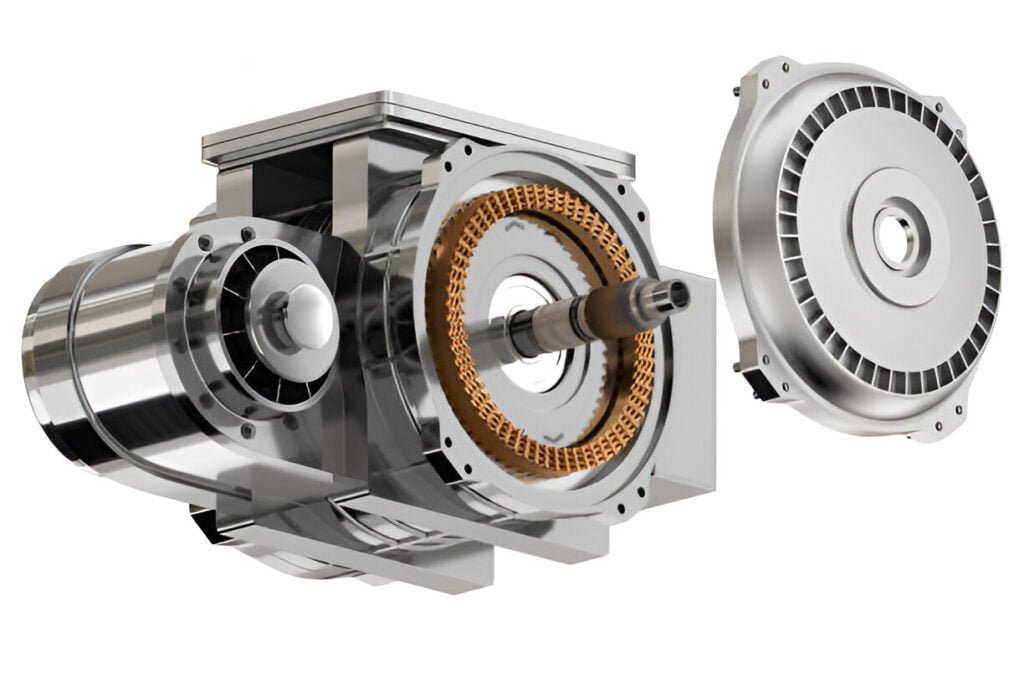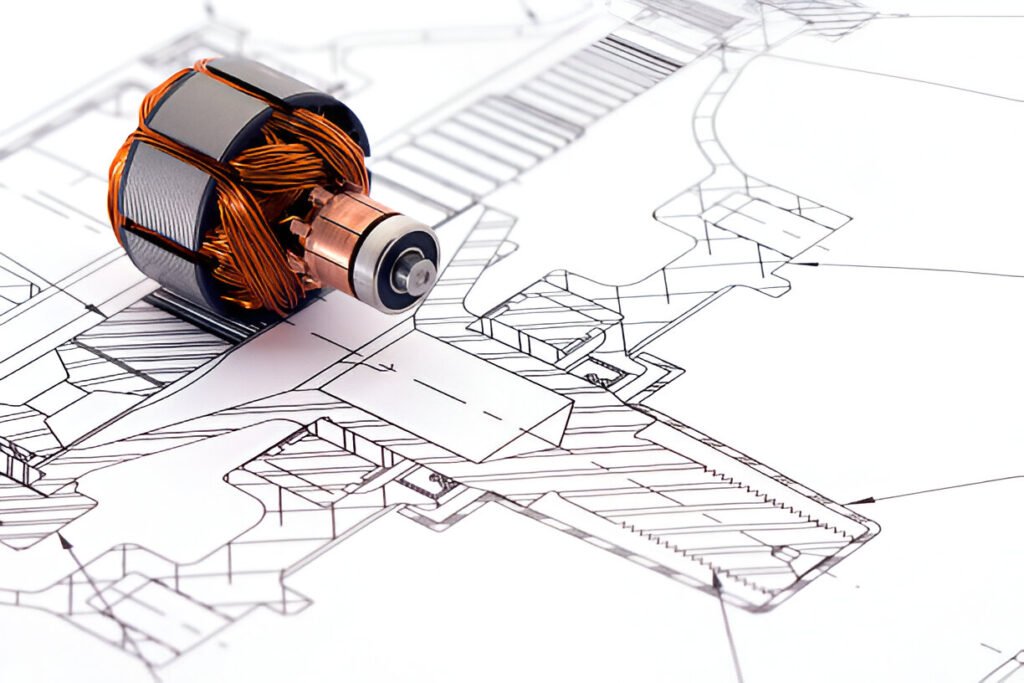How Long Do DC Motor Brushes Last
Learn about the lifespan of DC motor brushes and factors that affect their longevity in this informative guide.
Read More
Electric motor efficiency is a crucial factor in determining the overall performance and energy consumption of various applications. In this comprehensive guide, we will explore the efficiency of different electric motor types, including brushed DC motors, brushless DC motors (BLDC), AC induction motors, and synchronous motors.
We will also discuss the factors that influence motor efficiency, such as heat generation and losses, material selection, and load conditions. By understanding these aspects, you can make informed decisions when choosing the most efficient electric motor for your specific needs.
Motor efficiency refers to the ratio of mechanical power output to electrical power input in an electric motor. It is a measure of how effectively a motor converts electrical energy into mechanical energy. The higher the efficiency, the less energy is lost as heat during the conversion process.
Expressed as a percentage, motor efficiency is calculated by dividing the mechanical power output by the electrical power input and multiplying the result by 100. For example, if a motor has a mechanical power output of 90 watts and an electrical power input of 100 watts, its efficiency would be 90%.
Brushed DC motors are among the most common types of electric motors, known for their simplicity and cost-effectiveness. However, their efficiency is generally lower compared to other motor types. Brushed DC motors have efficiency ranging from 75-80%. The primary reason for this reduced efficiency is the presence of brushes and a commutator, which are essential components in brushed DC motors.
The brushes, typically made of carbon or graphite, maintain constant contact with the rotating commutator to facilitate current flow and enable motor operation. This brush-commutator interface introduces friction and electrical losses, resulting in reduced efficiency.
Another factor contributing to the lower efficiency of brushed DC motors is the heat generated due to the electrical resistance of the brushes and the armature windings. This heat dissipation not only reduces the motor’s efficiency but also limits its power density and maximum operating temperature.
Brushless DC motors (BLDC) offer superior efficiency compared to brushed DC motors. The absence of brushes and a commutator reduces friction and electrical losses, resulting in higher efficiency. BLDC motors typically achieve efficiency ratings of 85-90%.
The electronic commutation system in BLDC motors enables precise control over the motor’s speed and torque. This advanced control mechanism ensures optimal power delivery to the motor, minimizing energy waste. Additionally, the permanent magnets used in BLDC motors provide a strong magnetic field, contributing to their high efficiency.
BLDC motors generate less heat than brushed DC motors due to their efficient design. The reduced heat generation helps maintain the motor’s efficiency over extended periods of operation.
The AC induction motors have efficiency ratings ranging from 85% to 95%.
One of the main advantages of AC induction motors is their simple and robust construction. The absence of brushes and commutators reduces friction losses and improves overall efficiency compared to brushed DC motors. Additionally, advancements in motor design, such as the use of high-quality electrical steel and optimized winding configurations, have further enhanced the efficiency of modern AC induction motors.
Synchronous motors are highly efficient electric motors that operate at a constant speed, synchronized with the frequency of the supplied AC current. The efficiency of synchronous motors can exceed 90%, making them one of the most efficient types of electric motors available.
In synchronous motors, the rotor rotates at the same speed as the stator’s magnetic field, eliminating slip and reducing energy losses associated with induction motors. The absence of slip results in improved efficiency, particularly at full load conditions.
Additionally, synchronous motors have a lower power factor compared to induction motors, which means they require less reactive power to operate. This reduced reactive power demand contributes to the overall efficiency of the motor and the electrical system it is connected to.


IE1 (Standard Efficiency): Motors with the lowest efficiency rating, typically used in applications where energy efficiency is not a primary concern. These motors have been largely phased out due to increasing efficiency standards.
IE2 (High Efficiency): Motors that offer improved efficiency compared to IE1 motors, resulting in reduced energy consumption and operating costs. IE2 motors are commonly used in industrial applications where energy efficiency is important but not critical.
IE3 (Premium Efficiency): Motors that provide significant energy savings over IE1 and IE2 motors, with efficiency levels that meet or exceed the requirements of most industrial applications. IE3 motors are widely used in industries where energy efficiency is a top priority, such as HVAC systems, pumps, and conveyors.
IE4 (Super Premium Efficiency): Motors that represent the highest level of efficiency currently available, surpassing the performance of IE3 motors. IE4 motors use advanced technologies, such as high-quality materials and optimized designs, to minimize energy losses and maximize output. These motors are ideal for applications that demand the highest possible energy efficiency, such as high-performance industrial equipment and renewable energy systems.
Brushless DC motors and permanent magnet synchronous motors tend to have the highest efficiency, often exceeding 90%.
Motor efficiency can be determined by measuring the input power and output power, then calculating the ratio. Efficiency information is often provided by the manufacturer and may be listed on the motor nameplate.
Nominal efficiency is the efficiency rating provided by the manufacturer under ideal conditions. Actual efficiency is the measured efficiency of the motor in real-world operating conditions, which may be lower than the nominal efficiency.
Electric motors typically achieve peak efficiency when operating at 75-80% of their rated load. Efficiency tends to decrease when the motor is underloaded or overloaded.